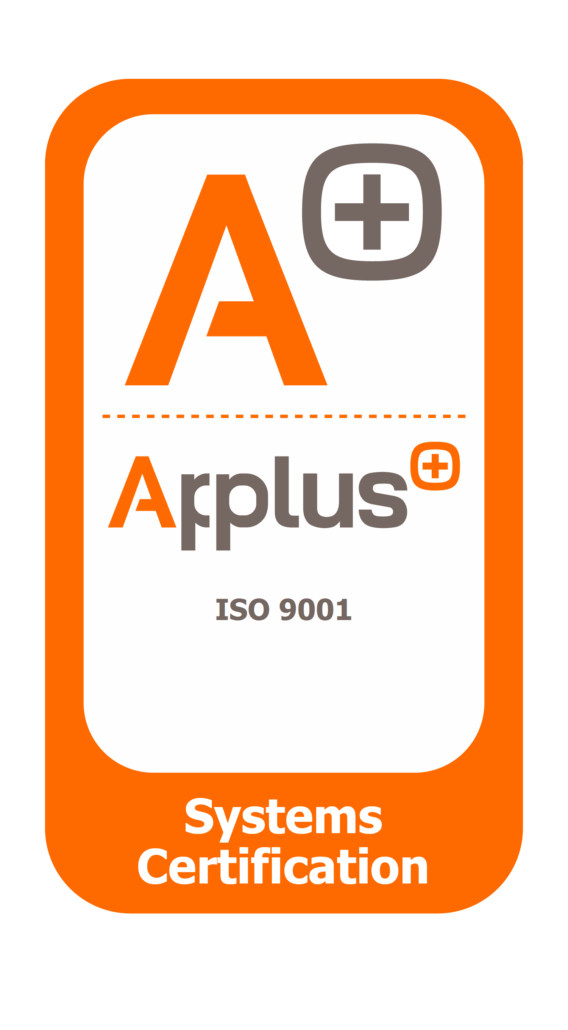The healthcare industry is experiencing a revolutionary transformation driven by the integration of the Internet of Things (IoT). As hospitals and healthcare facilities increasingly adopt IoT solutions, they are seeing significant improvements in efficiency, patient care, and overall operational performance. By connecting devices and systems, IoT enables hospitals to streamline processes, reduce operational costs, and enhance patient outcomes. In this article, thethings.iO will tell you how IoT in healthcare is reshaping hospital operations and contributing to a more efficient healthcare system.
What is IoT in Healthcare?
IoT in healthcare refers to the network of connected devices, sensors, and systems that communicate with each other to collect, share, and analyze data. These technologies are integrated into various hospital systems and used for different purposes, including patient monitoring, asset tracking, and administrative processes. Through IoT, healthcare providers can gain real-time insights into their operations and make data-driven decisions that enhance efficiency.
The key benefit of IoT is the ability to gather data from numerous sources, such as medical devices, wearables, and sensors, and use that data to improve hospital workflows, monitor patient conditions remotely, and even predict potential medical issues. By leveraging IoT, hospitals can ensure that their resources are used optimally, reduce human errors, and deliver more personalized care.
How IoT Enhances Hospital Efficiency
The implementation of IoT in healthcare offers a wide range of advantages for hospitals, especially when it comes to improving operational efficiency. Here are a few ways IoT technology is making a significant impact:
Real-time Monitoring of Patients
IoT devices enable real-time patient monitoring, which is crucial for enhancing the efficiency of healthcare operations. Wearable devices, such as heart rate monitors or smartwatches, allow doctors and nurses to monitor patient vitals remotely. This reduces the need for constant in-person check-ups and enables healthcare providers to respond to emergencies more swiftly.
For example, if a patient’s heart rate spikes or falls outside normal parameters, the IoT system can automatically alert medical staff, prompting immediate intervention. This reduces the risk of complications and ensures patients receive timely care.
Streamlining Hospital Operations
IoT solutions can also streamline various hospital functions such as inventory management, equipment tracking, and staff coordination. RFID (Radio-Frequency IDentification) tags and sensors can be used to track medical equipment, ensuring that devices are always available and functioning properly. This reduces time spent searching for equipment and minimizes the risk of delays in treatment due to malfunctioning devices.
Furthermore, IoT-enabled asset management systems help hospitals monitor the condition of expensive equipment like MRI machines or ventilators. By predicting maintenance needs before equipment breaks down, hospitals can reduce downtime and avoid costly repairs, ensuring smoother operations.
Benefits of IoT in Healthcare for Hospital Staff
While patients greatly benefit from IoT technologies, hospital staff also experience advantages. IoT-driven automation reduces administrative burdens, allowing healthcare professionals to focus more on patient care rather than time-consuming paperwork and manual processes.
Improved Workflow Management
With IoT systems in place, hospital staff can efficiently manage patient flow, reducing wait times and optimizing staff scheduling. By using data-driven insights, hospitals can predict peak times for patient visits, allocate resources accordingly, and reduce overcrowding in emergency rooms and clinics. This not only improves the patient experience but also helps manage healthcare costs effectively.
Enhanced Communication and Collaboration
IoT facilitates better communication between healthcare teams, ensuring everyone has access to the latest patient data in real-time. Medical staff can quickly update a patient’s record, share information with other doctors, or consult with specialists remotely. This improves collaboration, reduces communication errors, and enables healthcare professionals to deliver more coordinated and effective care.
IoT in Healthcare: Reducing Costs and Increasing ROI
One of the most compelling reasons for hospitals to adopt IoT technology is its potential to reduce costs and improve Return On Investment (ROI). By improving operational efficiency and automating routine tasks, IoT allows healthcare providers to focus on what matters most—delivering quality patient care. Here are some ways IoT can lead to cost savings:
Preventive Maintenance and Reduced Downtime
IoT solutions help hospitals move from reactive to proactive maintenance. Predictive maintenance algorithms can analyze data from medical equipment and identify potential issues before they cause equipment failure. This minimizes costly repairs and unexpected downtime, reducing the overall cost of operations.
Improved Resource Utilization
IoT helps hospitals make better use of their resources, including medical equipment, staff, and space. With real-time data on equipment usage and availability, hospitals can schedule resources more effectively and avoid wastage. For example, IoT can help track the utilization of operating rooms, reducing downtime and maximizing capacity.
Future of IoT in Healthcare
The future of IoT in healthcare looks promising, with advancements in technology enabling even more powerful and efficient solutions. As hospitals continue to adopt IoT systems, we can expect to see:
- More advanced predictive analytics: With AI (Artificial Intelligence) and machine learning, IoT devices can not only collect data but also predict patient outcomes, identify potential health risks, and suggest preventive measures.
- Interoperability between devices and systems: Future IoT solutions will likely focus on improving interoperability, allowing various devices and systems to seamlessly work together to provide a unified healthcare experience.
- Expanded use of telemedicine: IoT enables telemedicine solutions, where doctors can monitor patients remotely, reducing the need for physical visits and providing more flexible care options.
The possibilities for IoT in healthcare are endless, and hospitals that adopt these technologies early will be well-positioned to enhance their operations and provide better patient care in the long term.
Conclusion
Incorporating IoT in healthcare is no longer a luxury but a necessity for hospitals looking to improve efficiency, reduce costs, and enhance patient care. From real-time monitoring of patients to improving resource utilization and preventive maintenance, the benefits of IoT are undeniable. As the technology continues to evolve, healthcare providers who embrace IoT will be at the forefront of delivering cutting-edge care and optimizing hospital operations. The future of healthcare is smart, connected, and driven by the power of IoT.


